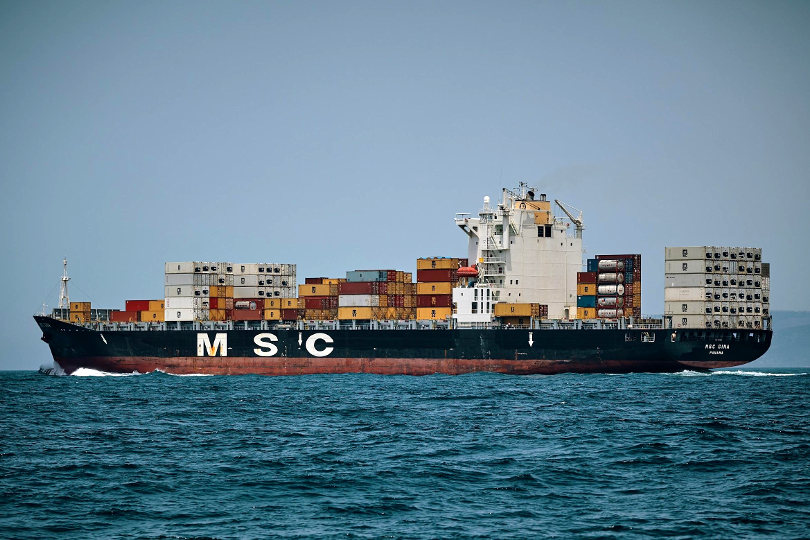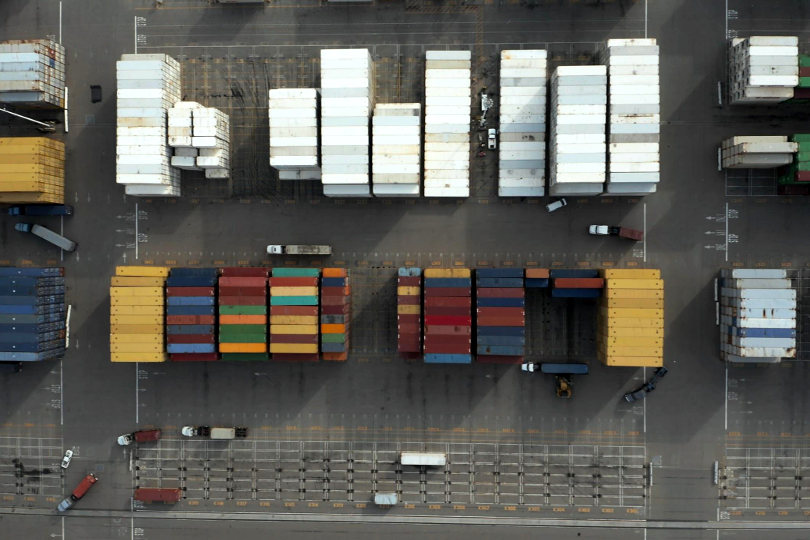COD, CYCY, DM, and DT. Say what?
For an untrained ear, it’s just gibberish. For international shipping companies, however, it’s a different story.
Understanding the terms of transportation is essential when transporting goods around the world. It is not easy to remember what the various abbreviations mean. Fortunately, I have created this brief guide for you, so that you can return to it whenever your memory fails.

The importance of understanding shipping terms
Before we go into more detail about the most commonly used delivery terms and what they mean, let’s go over the importance of understanding delivery terms.
Delivering goods around the world is much more complicated than just transporting an object from point A to point B. There are several rules and regulations to ensure that goods arrive safely at their final destination.
Tracking the terminology related to the transport of goods is crucial as these terms play a fundamental role for all those involved in the transport process. By understanding essential terms, you can avoid misunderstandings and minimize errors in the supply chain.
Let’s take a look at some of the most commonly used terms that every shipper should know.
1. Incoterms – International Commercial Terms
When buying or selling goods, the goods must be moved from their place of origin to their destination. The best way is to agree on how this will be done at the time of purchase.
However, both parties should understand and decide on the details. They must speak the same language and understand what these terms mean.
Incoterms is short for International Commercial Terms. It is a series of predetermined commercial terms published by the International Chamber of Commerce.
These terms are intended primarily to set out the objectives, costs, and risks associated with the transport and delivery of goods.
There are renowned Incoterms rules for 2020.
2. COD – Change Of Destination
Imagine that your cargo was loaded onto a container ship and is now on its way to its destination. And for some reason, you understand that you have to change your destination!
There’s no need to panic. It’s time to request a COD – Change of Destination. It is a request for a container ship to unload your container and move your shipment to a different destination.
3. CYCY – Container Yard to Container Yard
CYCY – the abbreviation for Container Yard to Container Yard. A container depot is a port facility where cargo is stored before they are loaded onto a vessel or after unloading from a ship.
The term CYCY explains that the carrier’s responsibility begins (port of loading) and ends (port of unloading) at the container yard.
4. DM – Demurrage
Demurrage is the fee that container yards charge when you do not pick up imported containers in time.
Once your container has been unloaded, there is a free storage period at the port. You should pick up your containers before the free period expires. Otherwise, you will pay for the number of days your package exceeds the free period.
You may also be charged for downtime if you have containers that cannot be taken to the container site, for example, for customs issues. In this case, you pay for the number of days when the cargo was in the port.
5. Rollover – The container was never shipped
Sometimes it happens that containers roll-up. That means your container didn’t make it on the vessel. This can often occur due to customs problems, rebooking, or vessel omissions. Your carrier will then place your container on the next leaving ship.
6. DT – Detention
Detention is the fee you pay if you do not return them to the shipping yard on time. You have to pay for the extra days it took to return the containers.
You may also be charged for demurrage if you have containers that cannot be sent to the shipping yard on time. In that case, you will pay for the extra days that the containers are in your possession.
7. Port Storage
When your containers are unloaded from the ship, they move to the container yard. The port has a free storage period (separate from the free demurrage period provided by container yards).

During this period, you need to pay attention to customs clearance and transport your goods to the warehouse or final destination. It is crucial for ports, as lack of space can affect port performance and lead to port congestion.
If you do not remove your goods and transport containers on time, the port may charge you for storage in port.
8. LCL (Less than Container Load) and FCL (Full Container Load)
LCL is the opposite. This abbreviation means that you do not have enough goods to fill the container.
FCL – short for Full Container Load. This means that you have enough goods to fill the entire container.
Instead, your shipment is combined and sent together with other loads in the same container. At the destination port, the goods are split back into their original individual consignments.
LCL is often advantageous for small or medium businesses that do not have huge volumes of goods and are flexible on delivery times. This often saves on freight costs, as products are shipped at lower rates. Space sharing also makes LCL an environmentally friendly option.
For those looking to streamline their shipping process, especially for items purchased online, services like Shiply are ideal for collection only items, offering a convenient and cost-effective solution for getting your goods delivered.
9. Bill of Lading
The Bill of Lading is a legislative document issued by the carrier to the shipper, which includes such information about the shipment as the type of goods, quantity, freight rate, and destination.
It is an agreement between the two parties that helps ensure that exporters receive their payments and importers get their goods. The Bill of Lading also serves as a shipment receipt.
Another documentation that must accompany the Bill of Lading is all your insurance details. Therefore, international moving insurance is a must.
10. Stuffing and Stripping
The last delivery term I’m going to share with you is the easiest – Stuffing is the process of loading a bulk container before shipping. Stripping is the process of offloading a vessel when it arrives at the port. It’s as simple as that!
To sum up
Understanding the transport terms used in the industry is essential when transporting goods around the world. It is not easy to remember what the different abbreviations mean. Fortunately, you can use this quick reference guide and can go back to it whenever you can’t remember.







